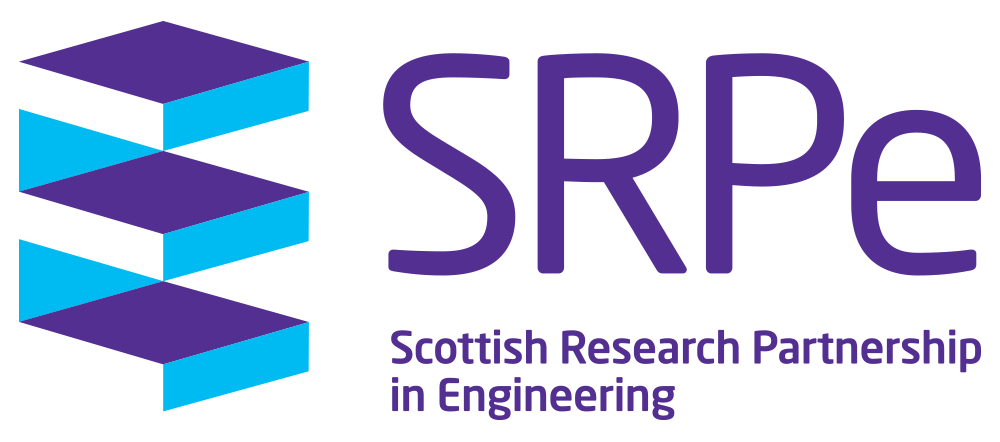Engineering Growth Factor Microenvironments – A New Therapeutic Paradigm for Regenerative Medicine
Sub-theme: Healthcare Technologies and Devices of the Future
Led by: University of Glasgow
In Collaboration with:
Imperial College London (UK)
Nottingham University (UK)
Clyde Biosciences (UK)
CellInk (Sweden)
Locate Therapeutics Limited (UK)
Biogelx (UK)
Cell Guidance Systems (UK)
Manchester BIOGEL (UK)
Contact: Professor Manuel Salmeron-Sanchez, University of Glasgow
Summary
University of Glasgow has brought together engineers and scientists, along with selected international partners, to develop a toolbox of novel functional materials able to modify the local stem cell niche. The ability to engineer the stem cell environment in vitro has remained, until now, a major hurdle. Together they hold great potential for the discovery of new therapies for numerous long-term conditions.
In 2016, they received £3.6m funding from EPSRC for this programme which will run until Oct ‘22. The overarching aim is to develop novel systems able to promote highly efficient growth factor (GF) delivery focusing on musculoskeletal, cardiovascular, and haematological diseases. GFs are growthpromoting substances that enhance cell activity, differentiation, and proliferation. Traditionally, GFs are administered in high doses and have significant unwanted side effects. Within this project, they have developed environments, for the first time, that can deliver GFs safely in low doses.
They have used this to 1) develop 3D printed bone scaffolds to engineer living bone grafts 2) engineer systems to promote the maturation of cardiomyocytes in vitro, previously a major translational hurdle, to produce cells available for transplantation and cardiotoxicity testing; 3) engineer bone marrow niches comprising mesenchymal and haematopoietic stem cells to allow better maintenance of cells used in leukaemia therapies.
Using a highly interdisciplinary team, they have engineered microenvironments capable of delivering GFs in low doses - a transformative approach for regenerative medicine. Not only does this have translational potential for the discovery of new therapies, but also for the development of novel laboratory tools and drug screening platforms too.
Engineering Growth Factor Microenvironments - Case Study PDF
